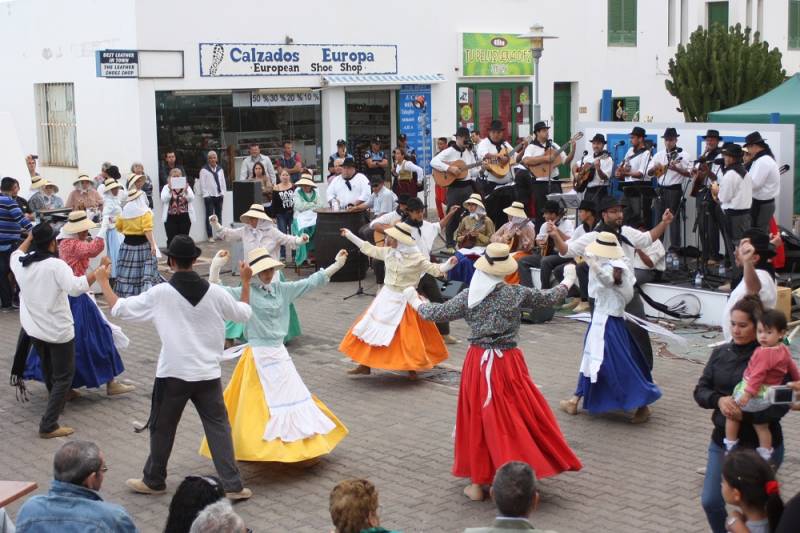
20-09-2017 Discover Gran Canaria
The Canary Islands are a region with rich customs and traditions and numerous festivals!
Fiesta del Charco in La Aldea (puddle Festival)
Each year a special feast is being celebrated around the puddles on the coast of Gran Canaria in La Aldea, which comes from an ancient fishing technique, referred to as "embarbascar". This technique was to stun fish in puddles of the village of San of Nicolás with Cardonal and Tabaiba juice (Euphorbia), and started way before the conquest of the Canary Islands by the former inhabitants of Gran Canaria. It is possible to construct large salt water pools at the mouth of La Aldea, puddles, and to catch fish temporarily thanks to the power of the sea at the end of August and beginning of September, when the water rises more than usual, known as Maciega.
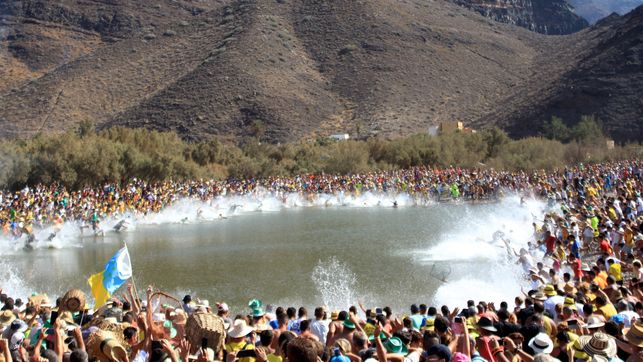
It is possible to construct large salt water pools at the mouth of La Aldea, puddles, and to catch fish temporarily thanks to the power of the sea at the end of August and beginning of September, when the water rises more than usual, known as Maciega.
La bola canaria
El juego de la bola canaria consiste en lanzar una bola desde un punto establecido con la intención de acercarse lo máximo posible a una bolita de color, intentando apartar al contrario. Un partido de bola canaria concluye cuando uno de los dos equipos llega a los doce puntos. Cada equipo puede disponer de los jugadores que quiera, siempre y cuando cada uno tenga el mismo número.

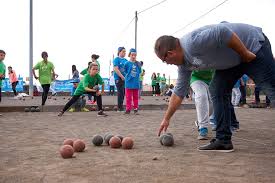
Traje típico canario
Los “trajes de mago” se fabrican hoy con otra clase de materiales que en la antigüedad. Nantes, la lana y el lino eran los principales materiales para confeccionar la típica vestimenta: enaguas blancas interiores de lino, bordadas en negro o en rojo, y la enagua de fuera de lana de oveja teñida de negro. Esto era así en el caso de algunos pueblos de La Palma, pues cada municipio tiene sus modelos y variantes.
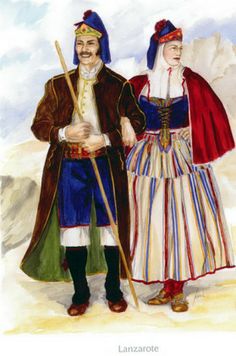
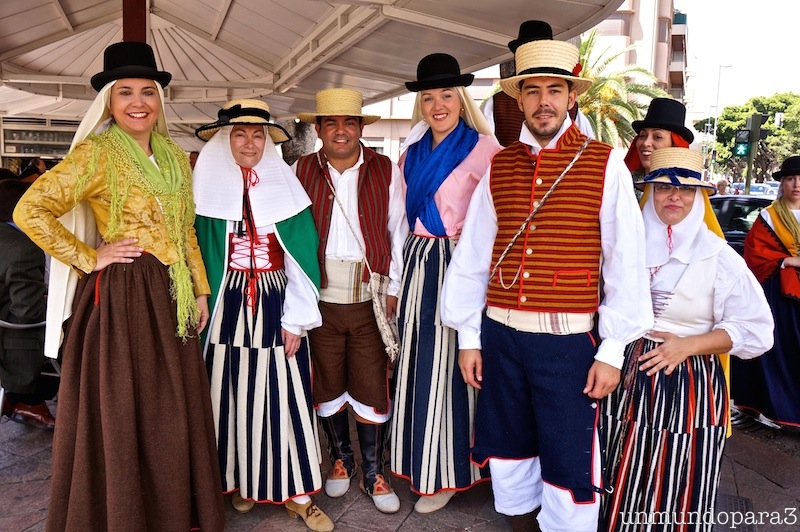
La lucha canaria, nuestro deporte autóctono
Canarian Wrestling was practised by the native Guanches who inhabited the Canary Islands in the Prehispanic era. At the time, what is applied to the Canary Islands, is similar to the original campaign, little was this a melee and that shows that it was very important in this culture was running only on special occasions.
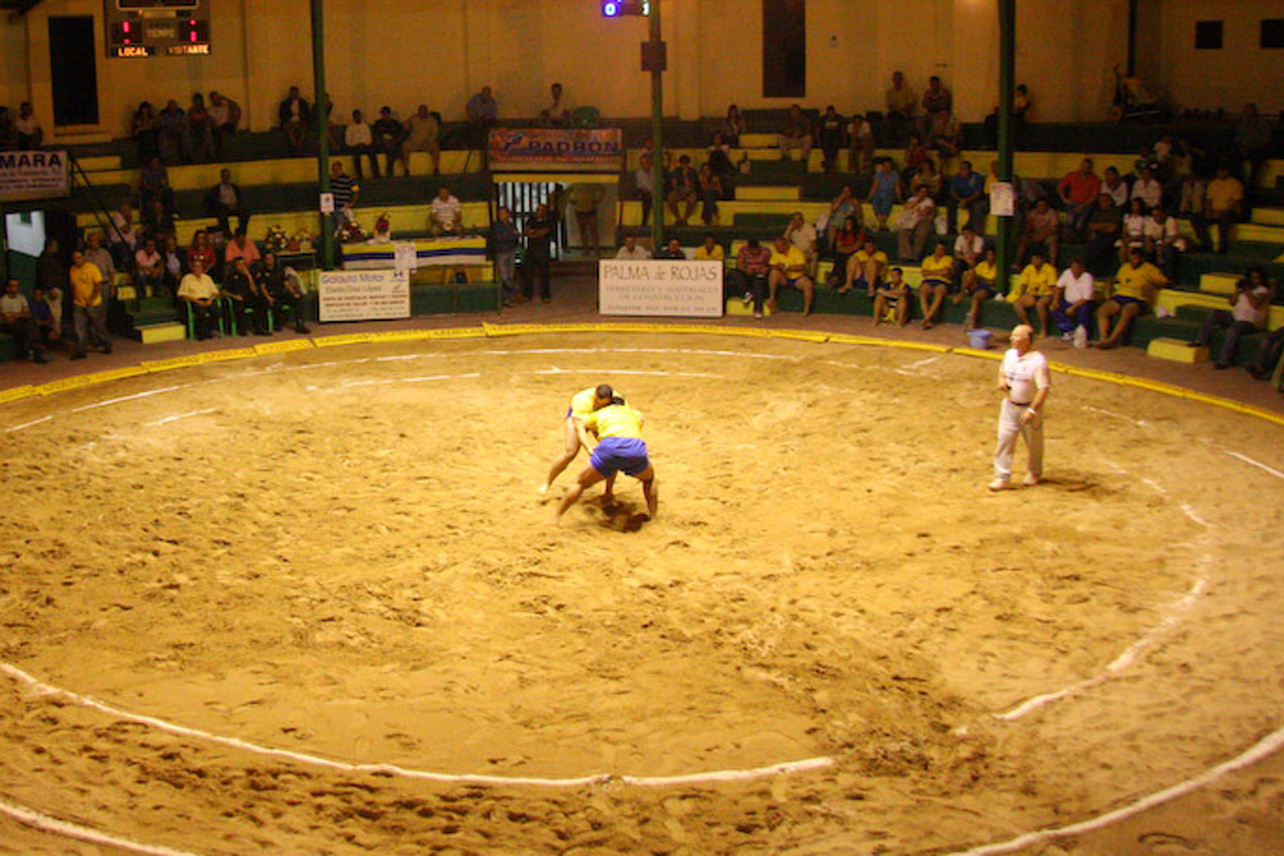
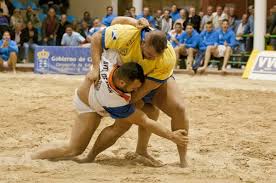
The main idea of this Canary ring fight is, that the opponent apart from the soles of the feet he touches the floor with a different part of the body, tactics of trousers grabbing, and other known techniques. It is not allowed to fight on the ground or to use grabs, which are known in other well known martial arts.
It is performed by teams of 12 fighters, with the winner being the one who most points achieved, each time beating an opponent deservedly. Techniques and skill of the wrestler are more important than strength, which at times common being the smaller wrestler the winner.
The whistling language of the Gomeros
The whistling language, as the name implies, is a whistled encryption type of spoken messages over considerable distances, taking advantage of the mountain world of La Gomera (very closed breathtaking valleys and Gorges). Something that the islanders, compare to a giant juicer. In favourable wind conditions, a message can reach a distance of 3 or 4 kilometres, taking into consideration that La Gomera is not more than 25 km long, it would be not very difficult to get these messages to the other end, even if they ran from mouth to mouth about half a dozen times.
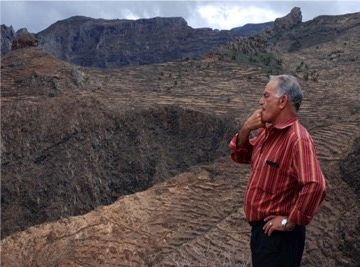
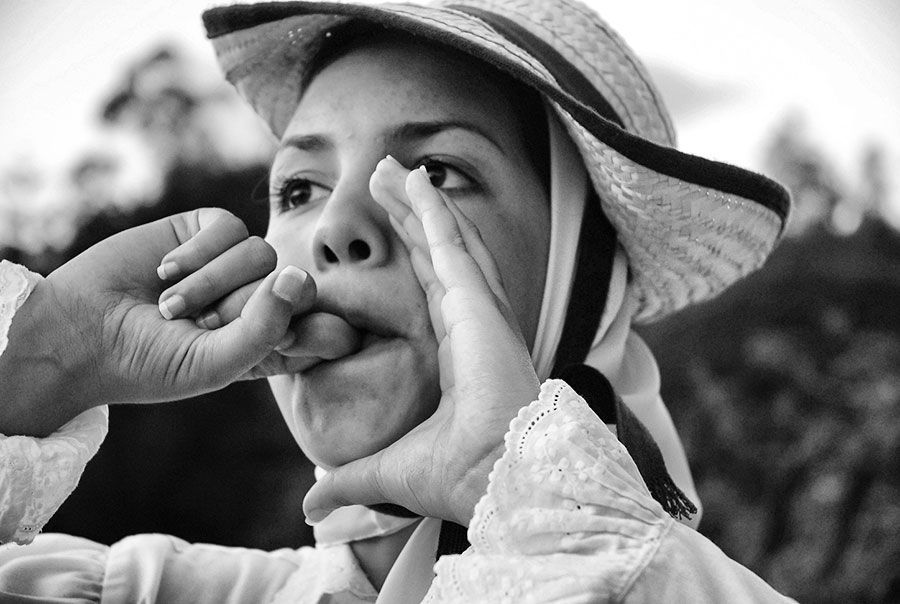
Latest posts
Poem of the Sea aquarium
21-02-2018Arehucas Distilleries
13-10-2017Playa del Inglés
13-10-2017Cruz de Tejeda
13-10-20177 Islands with a good taste
12-10-2017Related tours
Excursion the big island tour Alternative
From the tourist areas we take you to the furthest point of the island, the "Port of Las Nieves". Know our history in each of the charming villages and landscapes that you will dis...
Excursion Gran Canaria Highlights
Together we’ll explore the most beautiful valleys of Gran Canaria! Discover the Green heart of this beautiful island and you'll understand why Gran Canaria is called “Miniature Con...
Excursion VIP Tour Gran Canaria
A complete experience that takes you to the history of our island. Discover our history, habits and people. The most beautiful villages and valleys of Gran Canaria and the spectacu...




